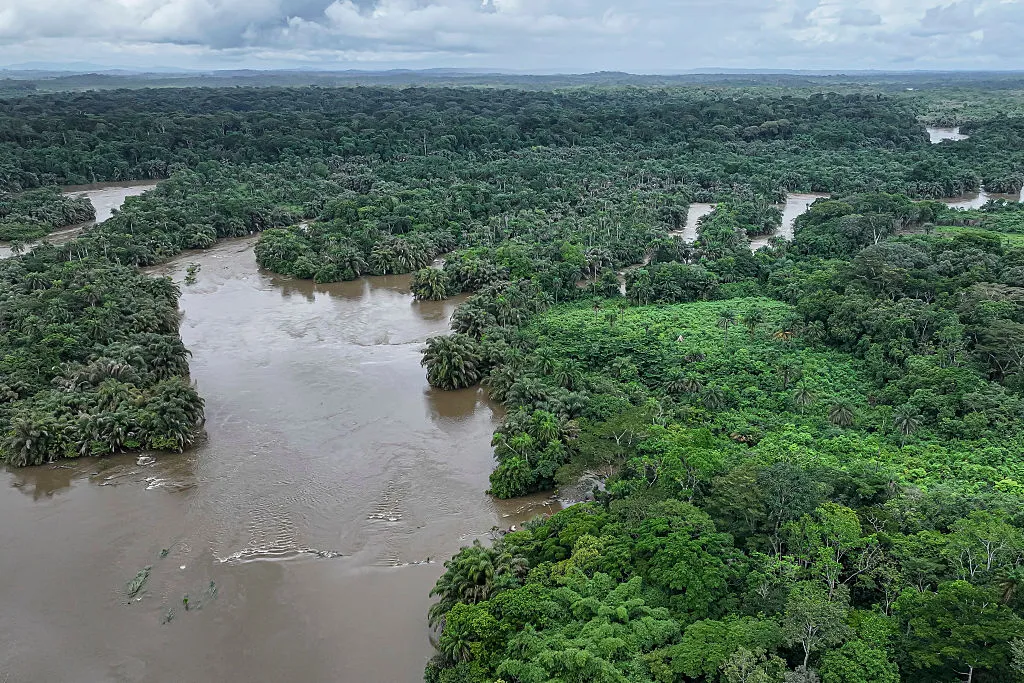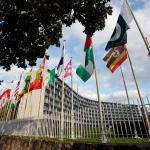
UNESCO has added 26 sites to its World Heritage List, including four new sites located on the African continent and the Murujuga Aboriginal lands in Australia.
The four African sites are the Diy-Gid-Biy Cultural Landscape of the Mandara Mountains (meaning “Ruin of the Chief’s Residence” in the Mafa language), a swath of 16 archaeological sites spread across seven villages in Cameroon; Guinea-Bissau’s Bijagós Archipelago – Omatí Minhô, a continuous series of coastal and marine ecosystems; the mountain range of southern Malawi that is tended and revered by the Yao, Mang’anja, and Lhomwe peoples; and the Gola-Tiwai Complex of Sierra Leone, which includes the Gola Rainforest National Park and the Tiwai Island Wildlife Sanctuary.
With this, Africa is now represented on UNESCO’s World Heritage List with 112 cultural properties. The committee also approved the expansion of a site from South Africa to Mozambique, creating a transboundary natural park of roughly 1545 square miles. According to UNESCO’s announcement, seven other African countries are expected to present their first nomination by 2027.
Audrey Azoulay, general director of the UN, said in a statement, “Making Africa a priority is not a symbolic gesture. It’s a concrete, day-to-day and long-term commitment, driven by the idea that the continent must be recognized for its historical, cultural and natural importance. With 19 new sites inscribed and six jewels saved from danger since my arrival at UNESCO, I am proud to see this continent take its rightful place among the world’s heritage.”
As the cultural arm of the United Nations, UNESCO recognition signifies that these cultural properties have global significance, and as such should be safeguarded against war and environmental degradation. Among the agency’s powers is granting “provisional enhanced protection” to endangered heritage sites, which promises the highest level of immunity from attack and use for military purposes. Earlier this month the Trump administration withdrew the United States from UNESCO for the second time, citing the organization’s “divisive social and cultural causes,” which also include gender equity and climate sustainability.
“With 196 States Parties, the World Heritage Convention is one of the most universally ratified in the world—proof of its influence and popularity in every corner of the globe,” Azoulay added in her statement. “For the new sites inscribed this year, this notoriety comes with a great responsibility: that of keeping alive, protecting and promoting this exceptional heritage.”

